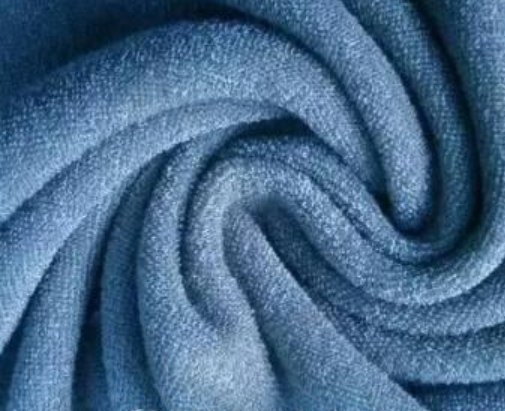What kind of fabric is cotton fiber? What are the types of cotton fibers? The fiber covered on the seeds of the Malvaceae Gossypium plant is also called cotton, or cotton for short. It is an important raw material for the textile industry. Cotton fiber products have good moisture absorption and breathability, are soft and warm. Cotton is mostly an annual plant. It develops from epidermal cells that grow on cotton seeds. The growth of cotton fiber can be divided into three stages: elongation stage, thickening stage and turning stage.
Cotton fiber is the main raw material of my country’s textile industry, and it occupies a very important position in textile fibers. my country is one of the major cotton-producing countries in the world. At present, my country’s cotton output has entered the forefront of the world. my country’s cotton cultivation is almost all over the country. Among them, the Yellow River Basin and the Yangtze River Basin are the main ones, plus the northwest inland, Liaohe River Basin and South China, a total of five major cotton areas.

Types of cotton fiber
There are many types of cotton, which are currently mainly classified according to the following two methods.
1. Classification according to cotton varieties
(1) Fine velvet cotton: also known as upland cotton. The fiber linear density and length are medium, the general length is 25~35mm, the linear density is about 2.12~1.56 dtex (4700~6400 metric units), and the strength is about 4.5cN. Most of the cotton currently grown in our country falls into this category.
(2) Long-staple cotton: also known as island cotton. The fiber is thin and long, with a general length of more than 33mm, a linear density of about 1.54~1.18dtex (6500~8500 metric pieces), and a strength of more than 4.5cN. It has excellent quality and is mainly used to weave high-quality cotton yarn finer than 10tex. At present, my country has few plantings. In addition to Xinjiang long-staple cotton, the main imports include Egyptian cotton, Sudan cotton, etc.
In addition, there is also thick staple cotton with thick and short fibers, which is now being phased out.
2. Classification according to the primary processing of cotton
Seed cotton is harvested from cotton and cannot be directly processed into textiles. It must be primary processed first, that is, the cotton seeds in the seed cotton are removed to obtain lint. This initial processing is also called ginning. After ginning the seed cotton, the percentage of the weight of the lint obtained to the weight of the original seed cotton is called the laundry percentage. The clothes percentage is generally 30~40%. According to different initial processing methods, cotton can be divided into saw-tooth cotton and roller cotton.
(1) Saw-tooth cotton: Lint cotton processed by a saw-tooth cotton gin is called saw-tooth cotton. Sawtooth cotton contains less impurities and short lint, the fiber length is more regular, and the yield is high. However, the fiber length is too short and there are many rolling defects. At present, most fine-staple cotton uses sawtooth ginning.
(2) Top roller cotton: The lint processed by the top roller cotton machine is called top roller cotton. Top roller cotton contains a lot of impurities and short lint, poor fiber length uniformity, and low output. However, the fiber length is small and the rolling defects are few, but there are yellow roots. Ginning is suitable for long-staple cotton, low-grade cotton, etc.




